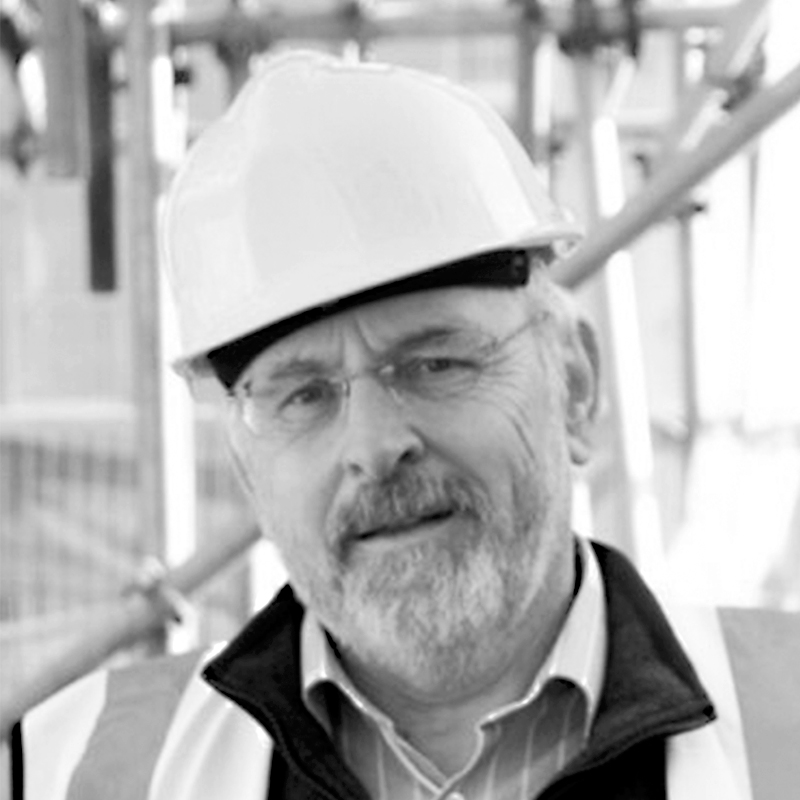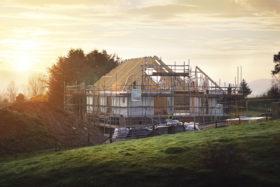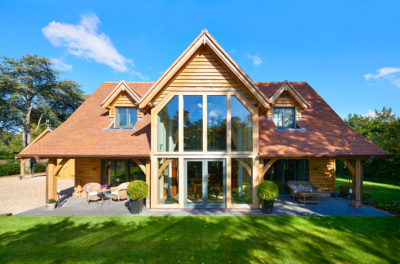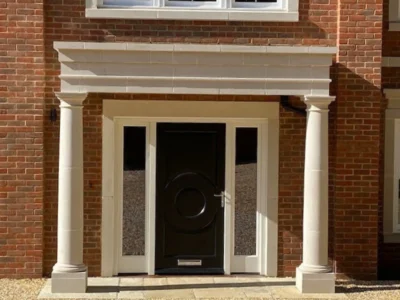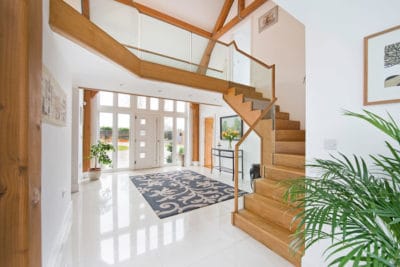Building to Budget: What You Need to Know at the Start
Self building your own home can be extremely satisfying: there’s simply no better route to getting a house that’s designed to fit your requirements.
It can be profitable, too – but only if you establish the project costs as accurately as possible right at the outset and avoid over extending yourself financially.
These budgeting top tips will help you get off on the right foot.
How your plot could affect project costs
Every self build starts with a site (whether an empty piece of land or a dilapidated house waiting to be demolished).
The nature of the plot can have a big impact on your overall outlay for the construction works for a number of reasons, including:
- Ground conditions Issues such as poor soils, high water tables and sloping sites can all bring greater expense at the start a project. Find out how to check soil on page 105.
- Access for drainage and services If it’s at all difficult to get utilities on site, this will add cost and delay. Get estimates from all service providers to see if the prices are reasonable (if not, this should be reflected in your offer for the plot).
- Presence of trees If there are specimens close to your planned building, the foundations may need strengthening. The design might need to account for examples subject to tree preservation orders (TPOs), too. If a protected specimen is in the wrong place, it could render the site undevelopable.
Always check the above before you purchase the plot. It may be worth bringing in a planning consultant to assist with site appraisal. While they command a fee, their advice can help to avoid nasty (and expensive) shocks later on.
Architects and structural engineers might also be able to provide guidance. Remember to budget for aspects such as land valuation, stamp duty, solicitor’s fees and security compliance.
Pricing the project
Drawing up a realistic cost plan is a vital cog in any self build. You can get a very basic outline by working off square metre prices, but it’s dangerous to apply this to a scheme in earnest.
Going rates are unlikely to be a good fit for various reasons – and not just because of problems such as bad ground.
Other potential issues include labour shortages (and associated rate hikes) and the use of architectural details that are inherently expensive to produce. Your planners can have an impact, too – they may specify the use of non-standard materials that push up your spend, for instance.
The bottom line is every project is bespoke. The design and build has to respond to the plot, local planning issues, and your personal specification – all of which can lead to higher costs, over and above the mythical standard rates per m2 that are often quoted. So ensure your designer regularly checks the scheme back against your budget.
The true cost of your structural system
Blockwork has long been the UK’s most popular building method, and is an affordable option for many projects.
But timber frame, structural insulated panels and insulating concrete formwork all have merits – and, depending on the design and project goals, can work out more cost-effective.
Their benefits come not so much in the material prices, but in the speed at which your house shell can be erected and the simplicity of achieving good insulation and airtightness.
A crude rate comparison of the cost of the blockwork and labour for cavity walling versus timber frame suggests that the latter looks more expensive. But panelised systems bring fast weatherproofing, and minimal need for supervision of the workforce.
Plus, follow-on trades can start on site earlier (in a dry, clean environment – particularly helpful if you’re building over winter).
There’s also less drying out time to deal with, and often less remedial work required than with brick and block.
All of this can make for a speedy construction phase, which will minimise interest charges on your self build mortgage, as well as keep the cost of maintaining two homes under control.
Effective project management
Hiring a professional project manager (PM) can seem quite expensive – a conservative estimate would be approximately £10,000-£20,000, depending on the size and complexity of the job. But a good PM will help remove a chunk of the stress of the building process.
Running your own scheme brings hidden costs such as phone and fuel bills, too (the latter can be quite hefty by the end of a build). But the real issue for aspiring self-project managers is a lack of experience: you may not have the same network of contractors as a professional, nor the understanding of how to piece together a building programme.
I dare say that, if you’re taking on your first build, acting as PM will take longer – which itself will add to the price.
It’s not all about cost
Self building can be a value-for-money route to creating a new home – but the reasons for doing it are rarely purely financial. The tax-free profit is seldom as high as you may think, despite the VAT exemption, and it’s easy to forget to account for things like the value of your time and the costs of borrowing money.
What you will get, though, is the opportunity to choose your own design, layout and location for a high quality new home.
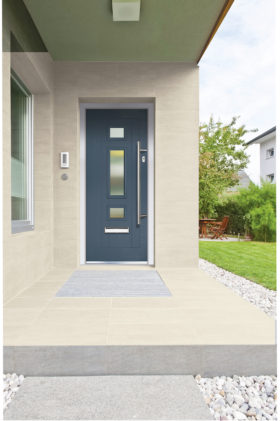
































































































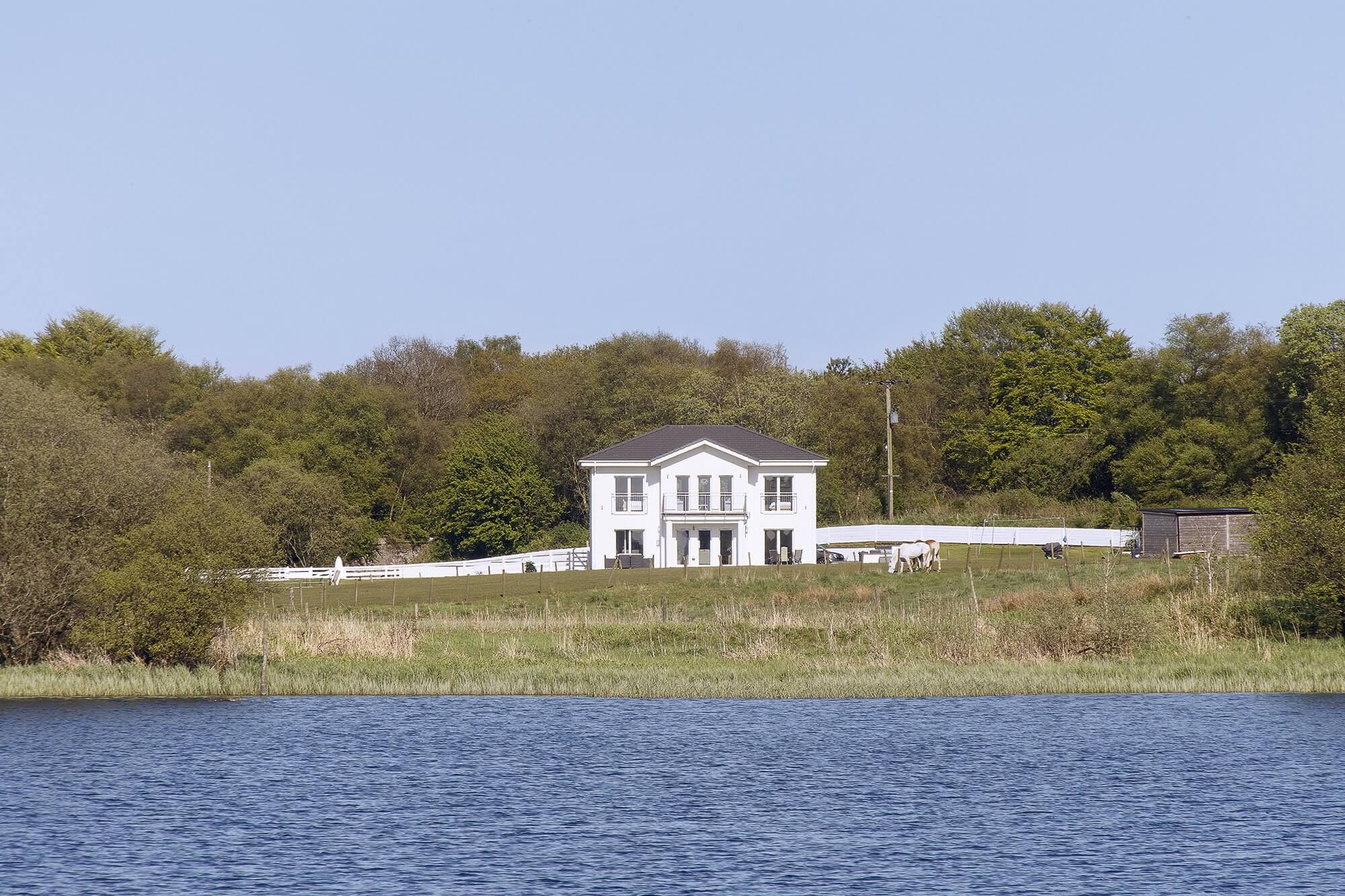
 Login/register to save Article for later
Login/register to save Article for later
